Education
CXO Series: From Everyday to Extraordinary
Published
6 years agoon
By
BXP Staff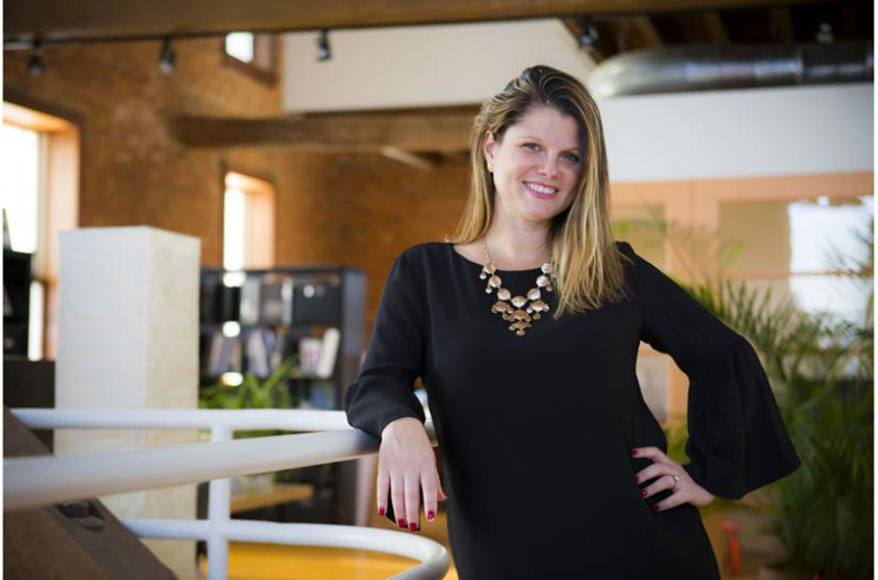
AS CEO AND PRESIDENT of Radius, Saskia Foley is continuing a family tradition focused on elevating the every day. In addition to her more than 20 years of experience in CPG in roles as diverse as assembler to executive vice president of sales and marketing, Foley brings a passion for innovation and corporate social responsibility paired with a MBA from the Olin School of Business (Babson College). Leveraging her background, Foley is leading the Radius team with phenomenal growth. “We are growing incredibly fast, actually double digits, almost 50%,” says Foley, during a CXO interview filmed at the company headquarters in Kutztown, PA.
Deliver Delight
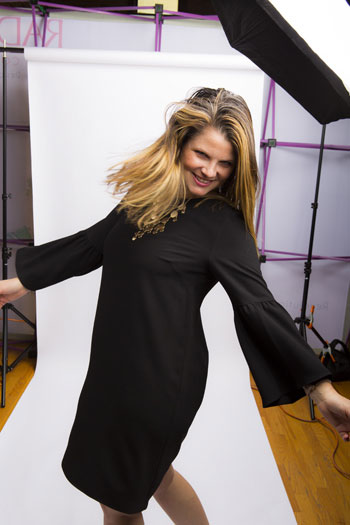 Foley would be quick to correct anyone who would call Radius, an oral care company, but its most recognizable product is its innovative Radius Original toothbrush designed in 1982 by Foley’s father, Kevin, and his business partner James O’Halloran, who believed that even the most everyday products could be refined and improved.
Foley would be quick to correct anyone who would call Radius, an oral care company, but its most recognizable product is its innovative Radius Original toothbrush designed in 1982 by Foley’s father, Kevin, and his business partner James O’Halloran, who believed that even the most everyday products could be refined and improved.
“They had tried another product that had just come out at the time,” Foley explains, “and they were both disillusioned by it. This product had all this hype. This new toothbrush was supported by all this branding and advertising, but it really didn’t do anything different than anything else on the market.”
The partners applied their industrial design backgrounds as architects to create a toothbrush that sits in the permanent collection of the Smithsonian Institute National Design Museum. The wide oval brush head is designed to improve gum health and can even reduce the risk of gum and heart disease by massaging the whole mouth, and it has three times the number of bristles of the average toothbrush. The Original’s handle complies with a 45-deg brush-to-tooth angle, which is often recommended by dentists, and the smart thumb-and-palm design was created to make the brush easier to grip and control.
Making the Ordinary, Extra
Foley has continued her father’s tradition of commitment to innovative design that delivers better consumer experiences, but she also wants to leverage branding, marketing and merchandising to educate consumers on what she believes is a better approach to oral care and beyond.
“I’m not trying to claim some level of the almighty of Starbucks,” she says, “but the way that Starbucks changed coffee is how we believe we’re changing tooth brushing and oral care in general.”
AdvertisementNoting how Starbucks was able to take something that was considered a low-cost staple and transform it into a premium experience, Foley adds, “There’s a huge difference between the watered-down coffee that used to be delivered by diners and food places everywhere across the United States. But it was so ingrained as a category that consumers didn’t even know they were disillusioned. Today, everywhere across the U.S.—even in the smallest pockets—people want to go for the $5 cup of coffee. The marketing takeaway is that you can take a category that has no romance and the appearance of no aspirational-life possibility and you can elevate it with the right strategy.”
Products must work superbly and emotionally connect with shoppers. Radius aims to be a brand with principles aligned with the modern consumer, including a continued focus on eco-friendly business practices that also give back to the American economy, and to be share worthy. Foley explains, “We really want our brand to be something our consumers can dive into. So we make it fun, and we make our products very cool looking or we make it taste so good that you want to talk about it.”
For the Considered Shopper
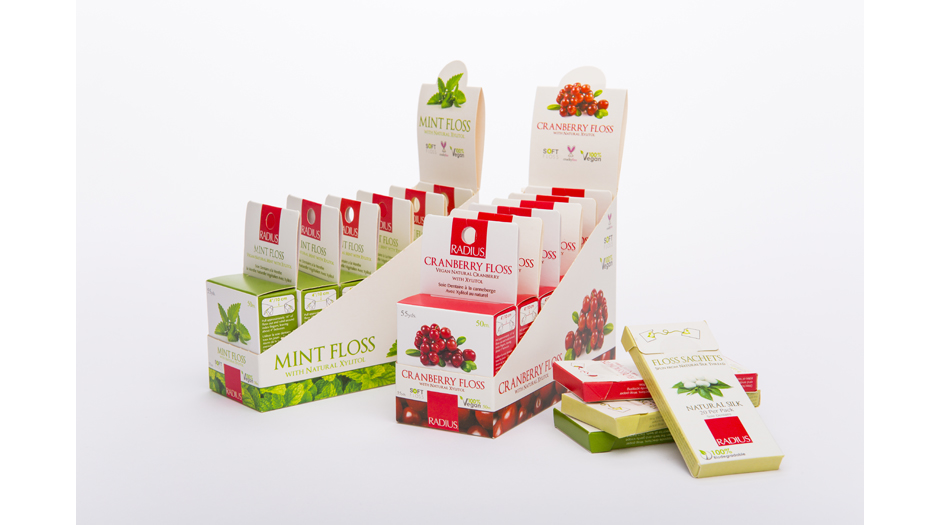 Once you’ve earned a brand fan, who is enthusiastic enough to share their love of the brand, Foley says, you need to support that relationship by continuing to deliver new delights. Radius has expanded beyond its original toothbrush, to include a myriad of other toothbrush models, complementary oral care tools, dental floss and toothpastes, and a range of travel/on-the-go cases and accessories.
Once you’ve earned a brand fan, who is enthusiastic enough to share their love of the brand, Foley says, you need to support that relationship by continuing to deliver new delights. Radius has expanded beyond its original toothbrush, to include a myriad of other toothbrush models, complementary oral care tools, dental floss and toothpastes, and a range of travel/on-the-go cases and accessories.
This is partly because Radius doesn’t define its market and end-customers simply by product category. Instead, the company targets customers who are committed to making thoughtful purchases. Where does it find this market? These customers, Foley explains, often seek out and shop in stores that specialize in eco-friendly, natural, design/art-centric and/or locally made products.
When the company first started, she says, “We went into the natural markets because their shoppers were really into the idea of premium, made in the USA, and those types of product characteristics. They want quality. Those shoppers are interested in people who care about the products they make whether it be an orange that a person grows or the toothpaste we make or a body lotion that a person blends.”
Making products for the considered consumer means brands need to carefully evaluate their retail partners. “A lot of people ask me, ‘Why don’t we sell in department stores?’” Foley says. “Honestly, department store shoppers are looking for something different from what we offer. Marketers need to be willing to say, ‘My products are going to work here, and my products are not going to work there.’ Find your niche, embrace it and deal with everything that comes with it. If you have the attitude of I’m going to make it happen in any market and you force the issue by spending tons of time and money. It will be a waste. Listen to the end consumer, and listen to the feedback you get from your retail customer. That’s how you will find the core of your brand and be able to grow from that strong core.”
AdvertisementFuture of Retail
Working with these specialty markets has given Foley insight on how retailers can improve shopper engagement. “It’s really fascinating when you go into natural products stores because the conversation level is so high compared to the silence that is in any other type of store,” she remarks. “They educate themselves on the products, and they can speak intelligently about how the products can improve shoppers’ lives.”
Understanding that it’s a very different selling model in mass market retailers, Foley suggests sampling as an initiative to create product experts and introduce them into your shopping environment.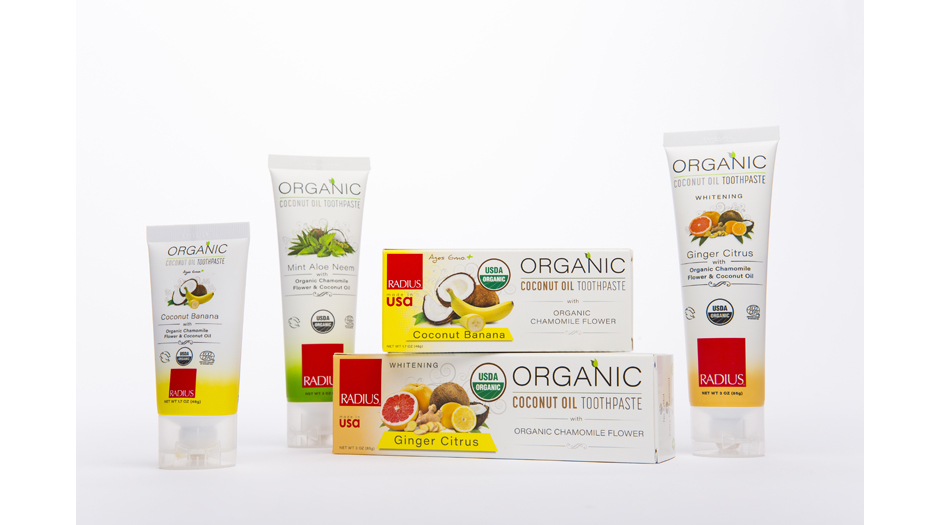
When sampling isn’t possible or to complement sampling, Radius employs a careful merchandising approach. In some markets, such as grocery, the company may only offer cross-over products. “The Totz toothbrush is a good product for those types of stores because it’s an easy buy for a shopper,” Foley says. “It’s $3.99 retail, and it’s not such a huge leap for them concept-wise because it’s a kids toothbrush and therefore smaller and more like the toothbrushes they are already used to.”
In other stores, multiple SKUs within a single category can reframe the visual conversation with shoppers. “When we come out with products,” she explains, “we try to find that breakeven point where we’re sensitive to the retailer’s space but trying to maximize what’s available to grab the shoppers’ interest.” One toothbrush, by itself, tells a product story. Multiple oral appliances grouped together tell a brand story about innovation.
What’s Working on Pack, and Improvements to Come
At the time of Foley’s interview with Brand Experience magazine, she was looking to optimize their story on shelf by re-evaluating their visual package designs. “We have a very hard time explaining on our packaging what our toothbrush is without seeing a few of our toothbrushes,” Foley remarks. “What helps is the compare-and-contrast thing that happens between our styles when multiple SKUs are grouped together.”
Consumers are able to compare and contrast the different models due to the high-end blister cards used for the products. “No one else has [toothbrush] packaging like us,” Foley says. “Our supplier, Transparent Container, was so helpful with creating packaging that’s about more than just seeing the product, there are cheap trap blister packages out there. Ours is not one of those low quality packages. We wanted and needed a sophisticated tray system, and they were able to successfully make that for us. It didn’t happen right away, but they were a partner with us through all the versions and Transparent was committed to quality as much as we are.”
AdvertisementRadius’ tray system feels substantial in hand without appearing overpackaged. Multiple thumb grips and perforations are designed to help customers open the trap blister easily after purchase, but requires enough movement to alert retailers of potential theft. Smart folding of the paperboard backer enables messages on all four sides of the package, which offers multiple merchandising options, although it is clear from the overall design that the preferred staging is front forward.
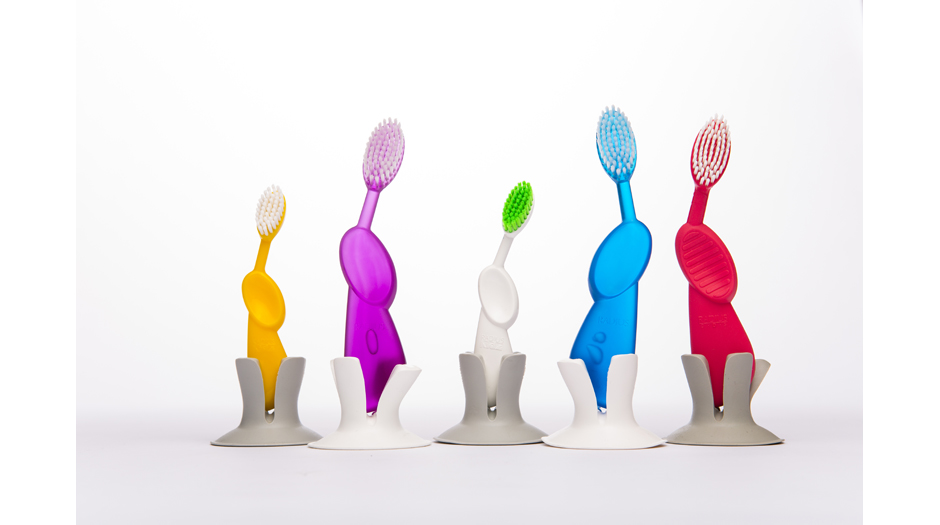 Transparent blister has proven to be a great solution for the company’s toothbrushes, but Foley is quick to note that different materials and packaging types work better for different types of products. “The travel cases were originally in a clear plastic box, which I really hated,” she remarks. Unlike the toothbrushes, where viewing the product helps tell the story of the toothbrushes’ larger and premium plush bristle heads, the travel cases need a more demonstrative way to illustrate their consumer-use stories.
Transparent blister has proven to be a great solution for the company’s toothbrushes, but Foley is quick to note that different materials and packaging types work better for different types of products. “The travel cases were originally in a clear plastic box, which I really hated,” she remarks. Unlike the toothbrushes, where viewing the product helps tell the story of the toothbrushes’ larger and premium plush bristle heads, the travel cases need a more demonstrative way to illustrate their consumer-use stories.
“We now use a paperboard box,” Foley explains. “The box has a window so shoppers can see the product but it’s just an open window and doesn’t even use cellophane. With the paperboard carton, we can now show an image of what you could store inside the travel case because it’s a product that can be used for more than travel.
“I use our travel cases for my razor when I travel,” she adds, “but I also use them to hold my earphones. Our travel cases are really lovely. They are well-designed. They’re a single piece so you don’t lose anything. They don’t break. They’re made of 50% recycled plastic so there’s an eco-conscious philosophy behind the products, and they have very beautiful shapes.”
Growing, Expanding and Evolving
When asked about the apparent disconnect between its two major product lines—oral care and travel, Foley responds, “I know that it’s confusing, but there’s a story behind it. The first travel case was created in response to a request by Target, and it was for our toothbrushes.”
That exercise, she explains, made Radius realize that on-the-go cases is a category that was much like oral care in the 1980s—all about utility and not about delighting the end user. “Travel cases fit in, if you look at us as a company that delivers products that are better by design,” she says. “Our business philosophy is to take products that are ordinary, some might say boring and barely functioning, and we make them beautiful, enjoyable and evolved.
“While we might be known for our toothbrushes that should never stop us from expanding and evolving other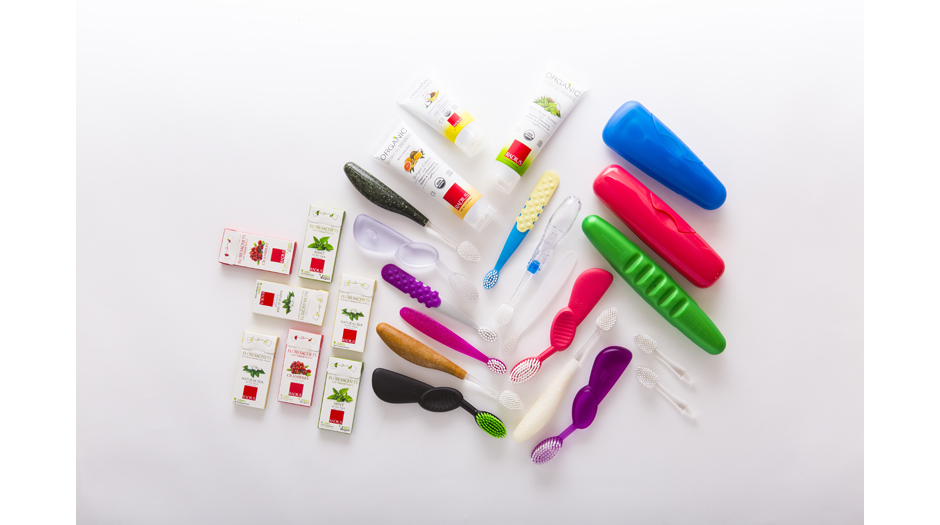 products in other subcategories or completely different categories, inclusive of travel cases,” Foley adds. “There’s so much coming. That’s the future of Radius. It just doesn’t stop.”
products in other subcategories or completely different categories, inclusive of travel cases,” Foley adds. “There’s so much coming. That’s the future of Radius. It just doesn’t stop.”

BXP elevates the value of innovative and collaborative brand package design as a strategic business competence across the omni-channel path to purchase, to ultimately help consumer facing and retail brands deliver more relevant experiences that connect with shoppers, win at shelf, own the moment of sale and maximize brand loyalty.
SPONSORED VIDEO
Branding with Ferocity – Thinking Like an Indie Brand
Get a better understanding on how to leverage new technologies to engage and delight shoppers, sustainability’s role in product and package design – being sustainable and premium are not mutually exclusive, plus best practices and tips for collaboration and how to launch new products and refresh existing product line-ups and brands.
You may like
Advertisement

GO MINIMALISM . . . HOLD ON A MINUTE!
Sustainable, 100% Recycled Transparent Sheeting is Now a Reality!

Kroger, Walgreens to Dedicate Section of Their Stores to Reusable Packaging

6 Marketing Tips for Ecommerce Brands to Win the Holiday Shopping Season

New Wunderoots Branding Celebrates the Carrot

Fact or Fiction? The Truth about Eco-Friendly Packaging

BXP May 2021 Think & Clink

Unilever Raises Bar for Accessibility with Degree Inclusive

Crown Royal’s Limited-Edition Pack Designed by Oscar-Winner

Coca-Cola Explores World of Paper Bottles
Subscribe

BULLETINS
Get the most important news and business
ideas from BXP Magazine's news bulletin.
Latest Tweets
Advertisement


